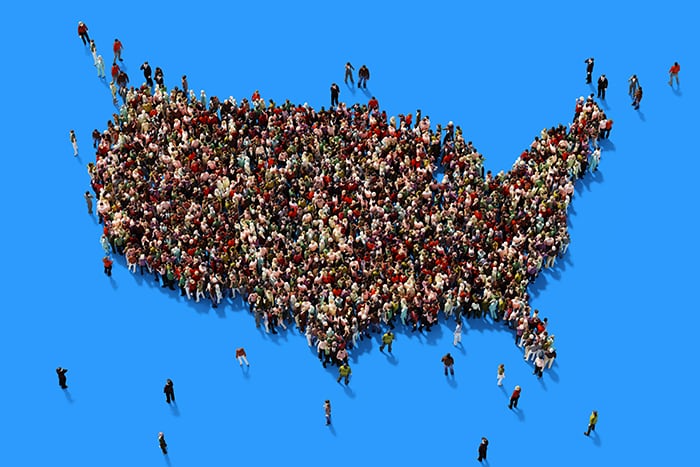HIV Legal Landscape
Laws and policies are structural interventions that can be facilitators or barriers to effective human immunodeficiency virus (HIV) prevention and care activities.
Given the importance of law in HIV prevention work, CDC has implemented public health law research methods to systematically collect and assess statutory and regulatory frameworks across a range of legal domains to help determine whether these legal frameworks act as barriers or facilitators to effective HIV prevention. DHAP has focused on the public health implications of state statutes and regulations across key HIV prevention areas, such as HIV testing, Medicaid reimbursement for routine HIV screening, laboratory reporting of CD4 and viral load data for HIV surveillance, and criminalization of potential HIV exposure.
State legislative searches are conducted in Thomson Reuters Westlaw® (Thomas Reuters, Eagan, Minnesota) on 51 jurisdictions (50 U.S. states and the District of Columbia) using a verified search string for each type of law. Laws were included if they had at least one characteristic related to the topic being researched.
State statutes and regulations have public health implications across the four key strategies of the Ending the HIV Epidemic in the U.S. plan. Four types of statutes and/or regulations have been analyzed: HIV criminalization laws, laboratory reporting laws, minors’ consent laws to HIV and STD services, and perinatal HIV testing laws.






